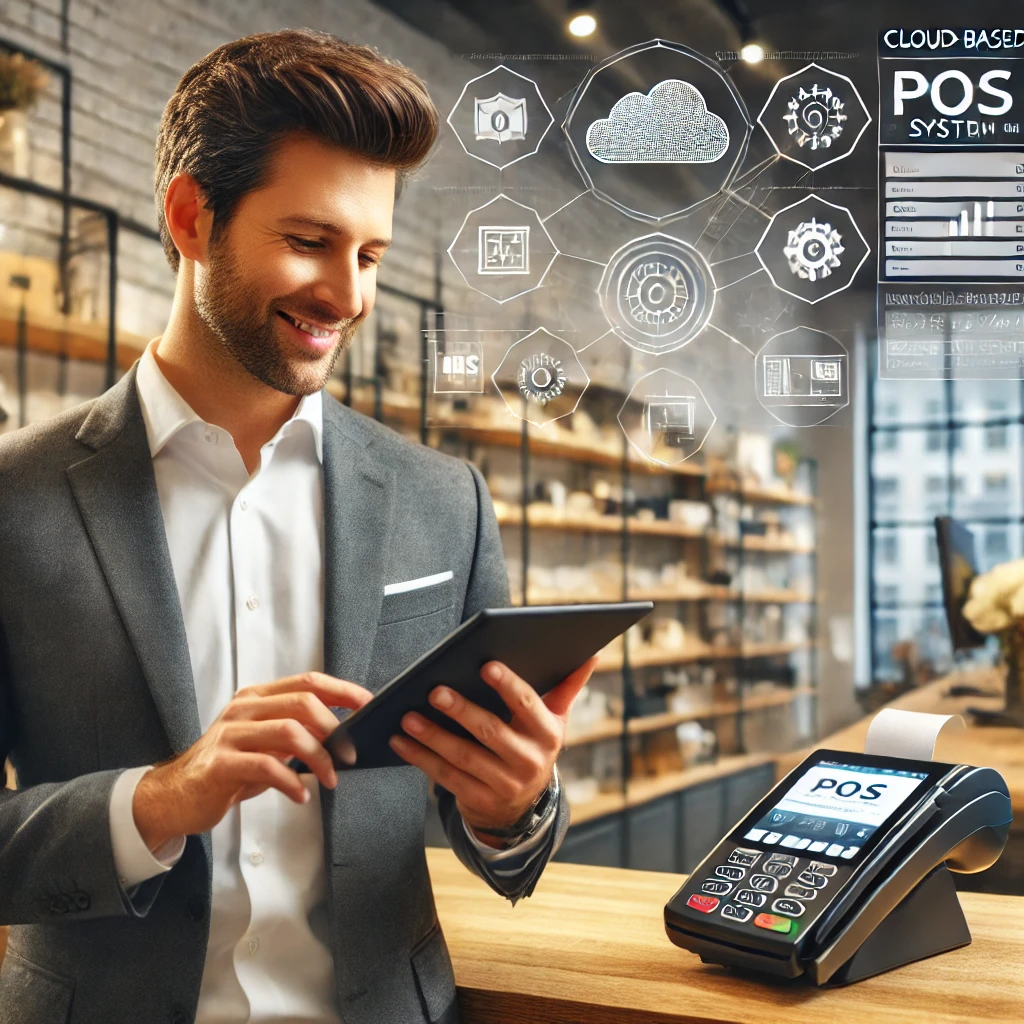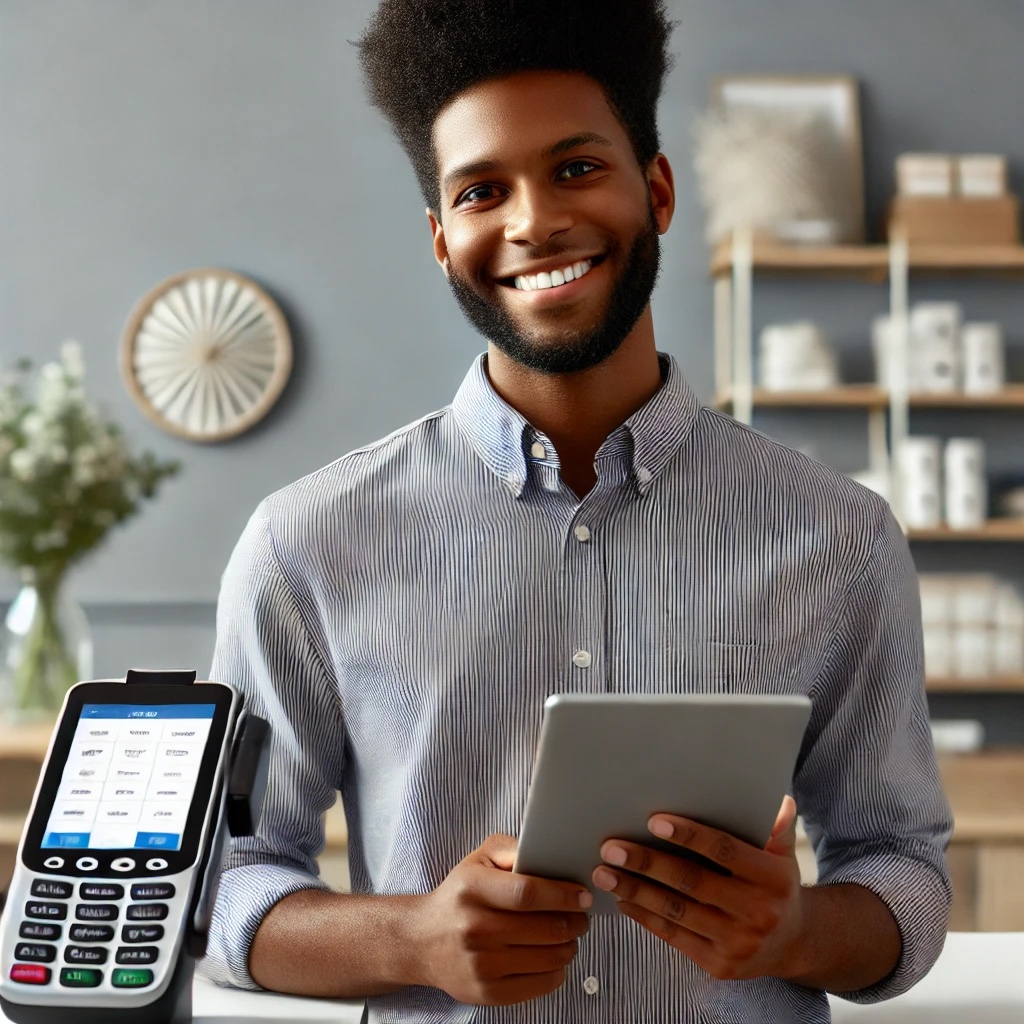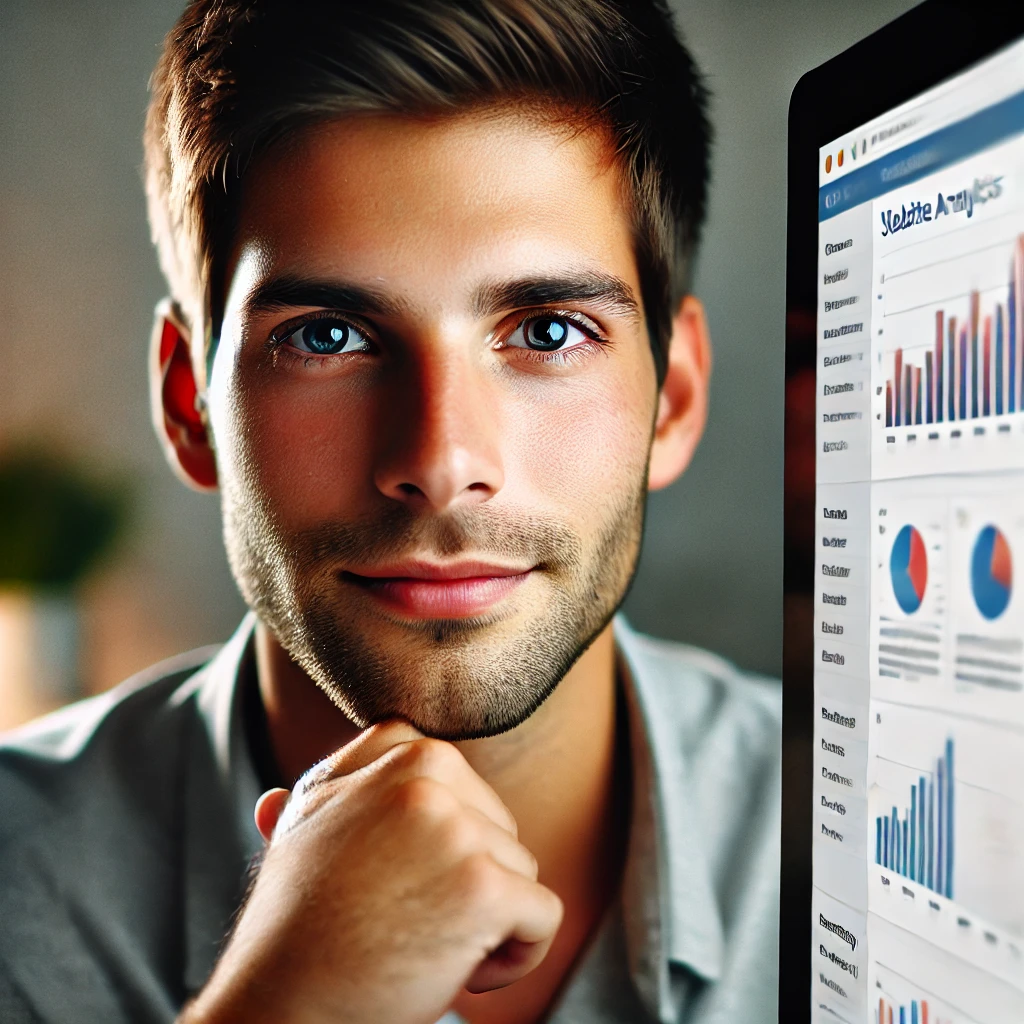I am interested in sharing how to utilize drones for commercial photography.
Introduction
The development of drones has offered new opportunities in commercial photography.
These chances are particularly seen for providing various aerial viewpoints and better visual material to businesses.
However, along with these opportunities come many legal and control issues that need to be properly handled.
It is very important to know and follow the rules related with drones so that their use can happen within law limits, safety boundaries, as well as efficiently.
Here’s a guide to navigating the legal and regulatory landscape for commercial drone photography.
Understanding FAA Regulations
The Federal Aviation Administration (FAA) in the United States has rules that oversee commercial drone flights, concentrating on safety within the National Airspace System and privacy matters.
If you are using a drone for business purposes, then it is necessary to obtain a Remote Pilot Certificate as outlined by Part 107 of FAA regulations.
To attain this certification, one needs to clear an aeronautical knowledge test.
The exam covers topics such as the division of airspace, weather conditions and regulations for operating drones.
Furthermore, Part 107 proclaims particular limits for drone flights.
These are: no flying over 400 feet from earth’s surface, always maintaining eyesight connection with your drone and not flying it above people who aren’t involved directly in the operation.
Knowing about these guidelines is very important to stay within the law and avoid any potential penalties.
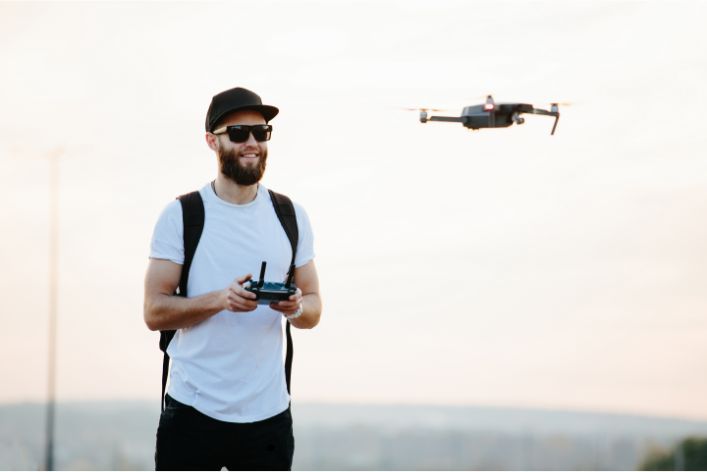
Securing Necessary Permits
Furthermore, other types of business drone jobs might require extra permissions aside from the FAA’s rules.
If you want to fly in controlled airspace, get FAA authorization.
Submit a request through the FAA’s LAANC system. Alternatively, contact the appropriate air traffic control facility directly.
Furthermore, the areas of state and local jurisdictions might have their own specific rules about drone use.
These could include privacy regulations, noise pollution restrictions as well as certain locations where flying is not permitted.
It is important to study and adhere to the laws of your nearby area in order for you to ensure that your drone activities meet all requirements at city level too.
Benefits of Drone Photography
In addition to the regulatory aspects, a drone photographer can bring many positive elements that greatly improve business activities.
The capacity for taking beautiful pictures and videos from above gives a distinctive viewpoint which usual photography cannot offer.
It is particularly helpful in sectors like real estate, construction and tourism where attractiveness of visuals matters a lot.
Use drone photography to show properties from above, track construction progress, or create tourism promotions.
Drones enable quick, easy surveying and mapping.
They replace costly scaffolding and aerial lifts. Gather data with drones to inform decisions.
Insurance and Liability
Insurance is crucial for commercial drone flying.
Liability insurance protects your business from financial loss in accidents, property damage, or injuries.
Consult an insurance company specializing in drone coverage to find the right policy.
Ensure you also insure your drone equipment.
Drones can get damaged from use and accidents, so coverage safeguards your assets.
Ensuring Compliance with Data Protection Laws
Drone photography is very much related to data protection laws, particularly when it comes to gathering and dealing with personal data.
Make sure that any data collected through drones follows the regulations about general data protection like Europe’s GDPR or United States’ CCPA (California Consumer Privacy Act).
Observe security and protection for personal data, including footage that could unintentionally include people in it.
Get necessary approval and make sure your practices of handling data follow the law.
Adapting to Evolving Regulations
Rules for drones are always changing as technology progresses and fresh problems appear.
We Design & Develop Websites, Android & iOS Apps
Looking to transform your digital presence? We specialize in creating stunning websites and powerful mobile apps for Android and iOS. Let us bring your vision to life with innovative, tailored solutions!
Get Started TodayYou should keep yourself informed about regulation alterations by frequently checking the FAA’s website, industry news, and updates from drone associations.
Participating in industry groups and going to related conferences can give you useful understanding of upcoming regulatory modifications.
Read: Benefits and Applications of Commercial Drones
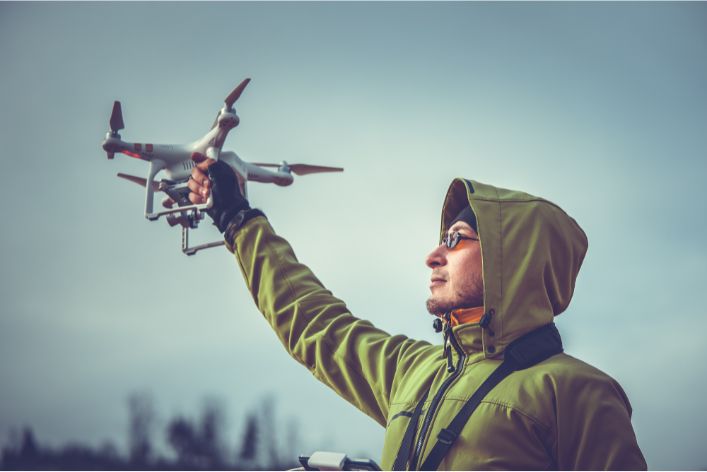
Conclusion
To deal with the legal and regulatory aspects of commercial drone photography, one needs to know about FAA rules, local laws, privacy matters and insurance necessities.
By getting certifications required for flying drones commercially, getting right permits, respecting people’s privacy and keeping up-to-date about changes in regulations.
Businesses can make use of drone technology in a way that follows rules while staying safe.
Being active with these thoughts will not just help avoid law problems but also aid in using drones well and responsibly for business purposes.
Put Your Tech Company on the Map!
Get featured on Nicholas Idoko’s Blog for just $200. Showcase your business, boost credibility, and reach a growing audience eager for tech solutions.
Publish Now




